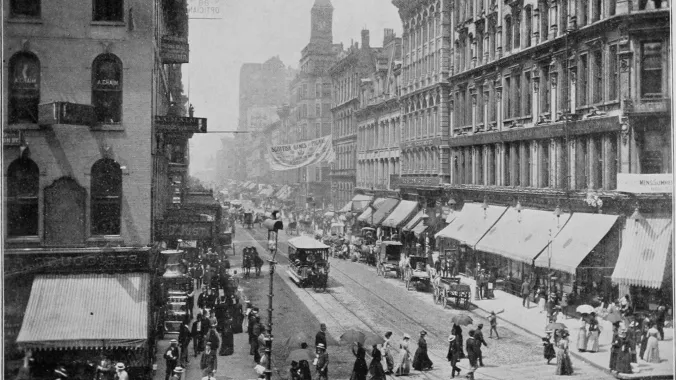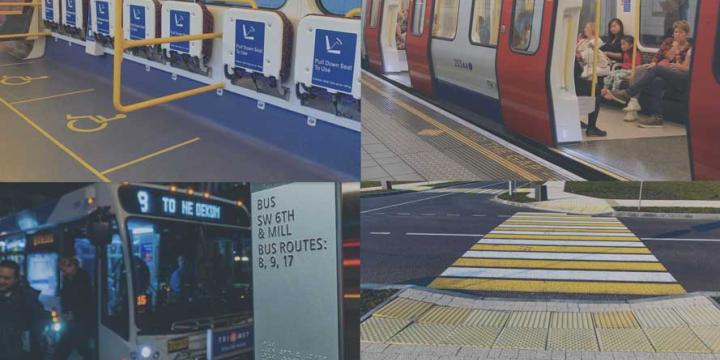Course Info
8 video lessons (49 Mins)
Published
2019Trending
-
4.39
Preview Course
Browse Course Chapters
-
1.Introduction
3 mins
-
2.Fin de Siecle
3 mins
-
3.Decentralization
5 mins
-
4.Lloyd Wright, Le Corbusier and Bauhaus: Three Philosophies
7 mins
-
5.Planning is Born
8 mins
-
6.The New Global Order: Dreams, Nightmares, Escape, and Reality (1930s)
8 mins
-
7.Planning, Power, Race, Class, and the Landscape (1930s, Part II)
9 mins
-
8.The Urban World on the Brink
2 mins
What You Will Learn
- Understand the evolution of urban planning and city planning by comparing previous movements and the origins of modern urban design, social reform, policies, and politics.
- Identify key global shifts in the cultural, economic, political, and industrial relationships between and across different cities.
- Recognize how city planning, as a discipline, emerged from the ideas of writers, politicians, architects, designers, and social reformers.
- Compare and contrast the ways that technology and innovations change cities and the way city planners must plan for cities, from the aqueduct to the railroad and the automobile.
- Critically evaluate how historical urban planning movements were successful but also where they failed.
- Recognize and assess the relationships between city planning, the economy, politics, and society to understand the way in which industrial innovation gave rise to revolutions and transformative social movements that link to the contemporary urban world.
Course Description
"Introduction to City Planning 2: Modern Ideas of City Planning (1900-1939)" explores the development of the city and city planning from 1900 to the outbreak of World War II in 1939. This was an era where modern ideas, technologies, and politics came together as urban planning and cities were dramatically reshaped by planners (as opposed to previous eras, when the place-makers had been architects and designers).
In this course, the second in a series of urban planning courses, instructor Jason Luger continues the story of the history of city planning and describes the marriage of physical form (architecture and design) with social, cultural, economic, and environmental concepts. The course examines the flurry of utopian ideas and visions from the 1920s and 1930s and the approaching darkness as political divisions and extreme ideology plunge the world into conflict. The course also examines how the suburb, as a new urban form, stretched cities in new ways, and created a new way of life. Learn how city planning as a formal practice shaped cities with new tools like zoning and new powers in creating infrastructure.
Learn these skills
- History
- Land Use
- Plan Making
- Urban Design
- Urbanism
- Zoning Codes
AICP CM
This course is approved for .75 AICP CM credit.
AIA CES
This is 1 LU.CNU-A
This course is approved for 1 CNU-A credit.
SACPLAN CPD
This course is approved for 1 SACPLAN CPD point.



























